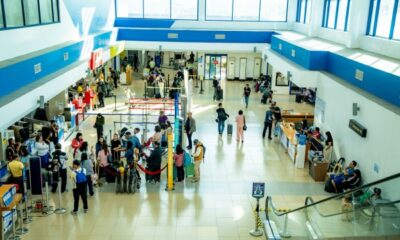News
Philippine School Named Among ‘World’s Best’ for Environmental Feat


A Philippine public school was named one of the top 10 in environmental action by an international educational awarding body on Wednesday.
Global educational body T4 Education recognized and awarded the efforts of Bonuan Buquig National High School in Dagupan City, Philippines for helping rehabilitate mangroves amid a typhoon that ravaged the region over a decade ago.
Moreover, schools from other countries such as Canada, the United States, Scotland, Chile, and Uganda were also recognized in different fields.
The schools representing their countries were triumphant at the inaugural “World’s Best School Prizes,” with the five winning schools sharing USD250,000 in prize money for the support of their students and their respective communities.
Apart from an environmental prize, the schools from other countries won for community collaboration, addressing mental health and gender identity issues, among others.
For Bonuan Buquig National High School, it was their commitment to rehabilitate the environment.
Typhoon Pepeng ravaged and submerged two-thirds of Dagupan City in 2009, causing massive damage to agricultural and environmental resources and assets such as fishponds, rice fields, and other industries.
This prompted the city government of Dagupan to start dredging rivers to alleviate the problem. This caused mangroves to die off and negatively impact aquatic life in the area.
Bonuan Buquig National High School answered this with a program that included the help of students and volunteers wherein they planted thousands of mangrove propagules every year.
This resulted in the rehabilitation and stabilization of the mangroves along the Longos river.
Moreover, Bonuan Buquig National High School also launched an International Coastal Clean-up in 2014 where volunteers cleaned the shorelines of Bonuan beach. The garbage collected was segregated, and the recyclables were upcycled as garden pots and ornaments.
The high school will use the funds to build a nursery that may house 50,000 mangrove seedlings per year and to commence research on mangrove propagation and preservation. (GFB)
































